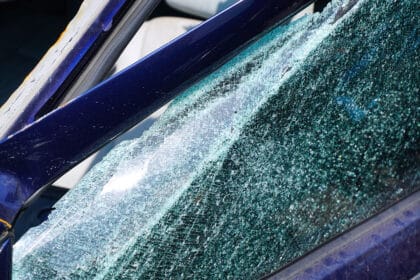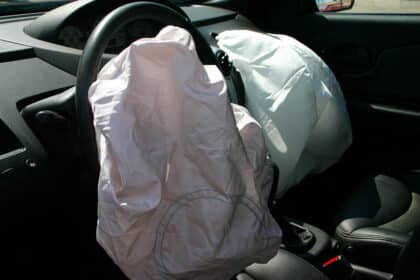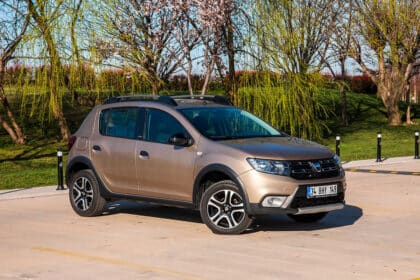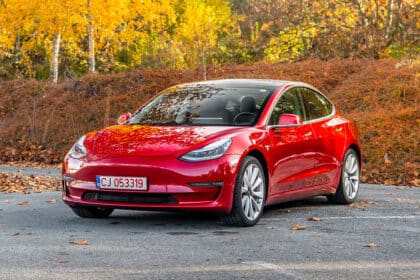 Roundabouts are everywhere in Europe, such as this one in Rijnsburgerweg
Roundabouts are everywhere in Europe, such as this one in Rijnsburgerweg
Photo: Michiel via CC
Once in a blue moon, you’ve driven through a modern American housing development or quaint New England town and encountered a rare kind of intersection: a roundabout. This circular intersection is a rarity in the U.S.
However, across the Atlantic Ocean, roundabouts are widespread throughout Europe, where they’ve been a standard of traffic control over the last century.
So why do some countries use these circular intersections instead of perpendicular four-way stops? And why aren’t there more of them in the United States?
Are You a New Driver? Here are some essential tips for your safety!
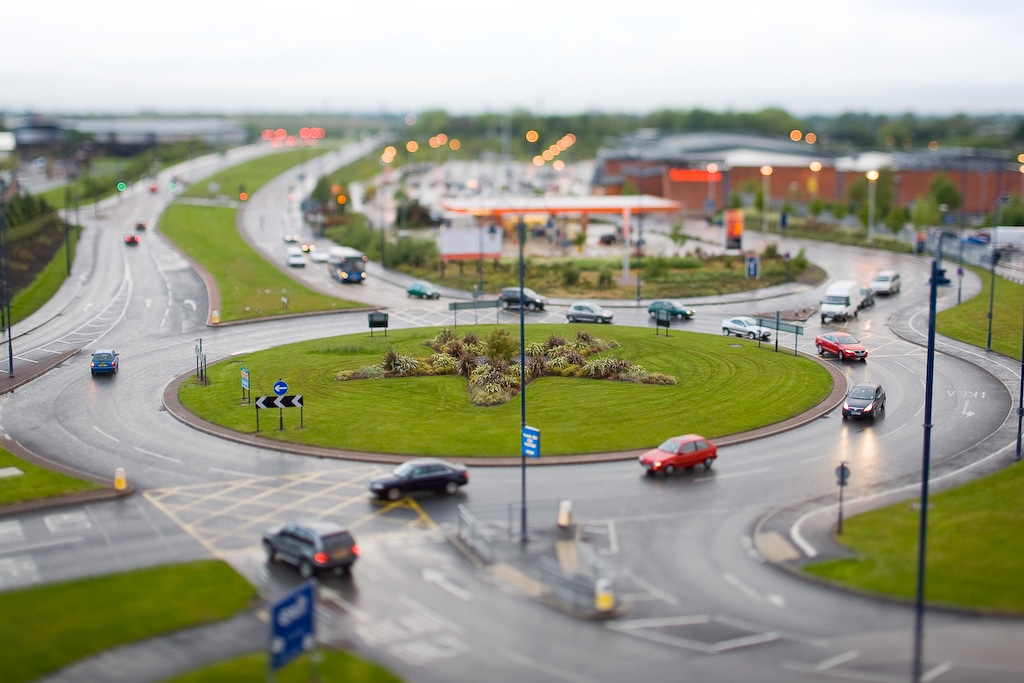 Although the United States has 5,000 roundabouts, the much-smaller France has six times that number
Although the United States has 5,000 roundabouts, the much-smaller France has six times that number
Photo: Matthew via CC/Flickr
Simply put, roundabouts — which are also called rotaries — keep traffic moving safely and steadily. Many studies have been done on roundabouts including ones by leading public safety boards. The consensus is that crash safety is the biggest benefit of a roundabout.
Collisions at perpendicular, four-way intersections are statistically far more deadly than those at roundabouts. These 90-degree crossways are prime settings for high-speed, direct T-bone impacts that occur when a driver misses a stop sign.
In contrast, roundabouts are typically entered at lower speeds. You can’t drive straight through a roundabout in a direct line like you can at a perpendicular intersection, and it’s much harder to not see coming. Crash severity is also reduced in a roundabout, as any impacts are rarely head-on but typically at acute, indirect angles.
According to research by the Insurance Institute for Highway Safety, roundabouts reduce crashes by 38 percent, injuries by 76 percent, and fatal injuries by 90 percent (as observed in certain U.S. intersections that had been converted to roundabouts).
Other benefits of roundabouts include
- Less congestion: The Federal Highway Administration found that roundabouts increase traffic capacity by 30-50 percent, as braking is only necessary if other vehicles are nearby.
- Safer for pedestrians: People walking across an intersection only have to watch for traffic coming from one direction, rather than three.
- Better for the environment: Less time spent idling at red lights or stop signs means fewer emissions and less pollution.
- Cheaper: Roundabouts are less costly to maintain than traffic light-controlled intersections.
If roundabouts are so great, why aren’t there more of them in the United States?
Safe Driving Techniques: Advice for safely driving in the rain on slippery streets
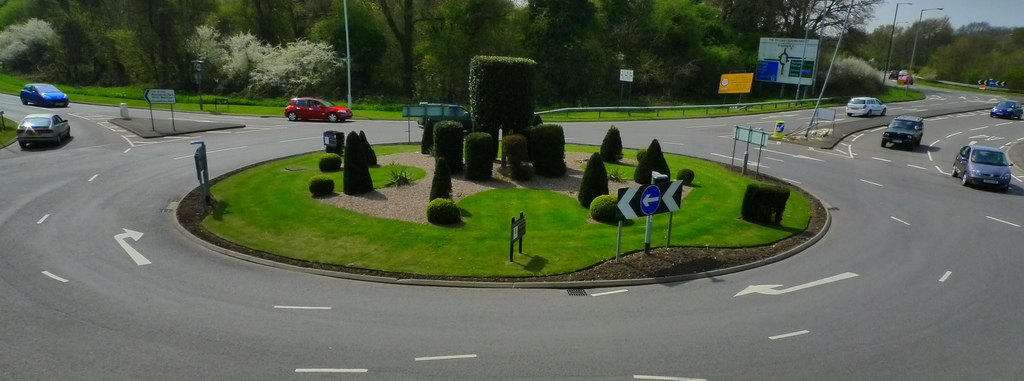 Would an American prefer to drive through this?
Would an American prefer to drive through this?
Photo: synx508 via CC/Flickr
Americans’ aversion to rotaries started with the introduction of an old type of traffic circle in the 1910s. This type of intersection largely failed in the United States due to one terrible error: Instead of traffic already in the circle having the right-of-way, the cars entering the roundabout had the right-of-way.
This lead to numerous high-speed collisions and the rapid removal of roundabouts in favor of “straight” intersections governed by traffic signals.
It wasn’t until the middle of the 20th century that the U.K. perfected the “modern” roundabout, which gave priority to cars already in the traffic circle. Unfortunately, Americans were so jaded by their last encounter with circular intersections that the idea never caught on here.
These days, many new drivers aren’t even being taught how to approach roundabouts in driver’s education courses, so the North American public is largely unfamiliar with them.
There’s another major reason why roundabouts haven’t caught on in America: our lack of awareness of other drivers.
According to British journalist Stephen Beard, “The roundabout is said to have flourished in Britain because it requires the British virtues of compromise and cooperation. The U.S.’s more aggressive, confrontational culture may explain why the roundabout has not been more widely adopted by Americans.”
A Slate article by Tom Vanderbilt agrees, “We have grown used to (and feel comfortable with) binary, on-off traffic control … Roundabouts require drivers to make their own decisions and assess others’ actions, rather than relying on third-party signals.”
In other words, Americans are too stubborn, passive, and imperceptive in their driving to be able to make their own decisions. Unfortunately, we will have to learn how to actually “yield” and respect other drivers before we’ll ever receive the safety benefits of roundabouts.
Aaron is unashamed to be a native Clevelander and the proud driver of a Hyundai Veloster Turbo (which recently replaced his 1995 Saturn SC-2). He gleefully utilizes his background in theater, literature, and communication to dramatically recite his own articles to nearby youth. Mr. Widmar happily resides in Dayton, Ohio with his magnificent wife, Vicki, but is often on the road with her exploring new destinations. Aaron has high aspirations for his writing career but often gets distracted pondering the profound nature of the human condition and forgets what he was writing… See more articles by Aaron.


